This article was copied and pasted from my electronic subscription to the Epoch Times. Subscribe for $1 for two months and $9.99 a month afterwards, cancel anytime: https://subscribe.theepochtimes.com/p/?page=digitalsub
Before you vote democrat, check out how their policies are ruining CA; the Speaker of the House’s district seems to be the most crime-ridden in CA.
Begin ET Article:
The following 7-minute video was excerpted from the 28-minute interview. The article is an overview of the interview.
California Crime Wave Fueled by ‘Well-Intentioned but Misguided’ Policies: District Attorney
Vern Pierson, district attorney of El Dorado County in Northern California, said state laws, such as Propositions 47 and 57, and some local directives that undermine law enforcement and prosecution, allow many criminal activities to go undeterred.
“If you tell people you are not going to hold them accountable for their actions, there’s a consequence for that,” the prosecutor of 30 years said. “And the consequence is increased crime.”
Felony or Misdemeanor?
Passed by voters in 2014, Prop. 47 implemented a major change to California’s sentencing law by downgrading certain thefts and drug offenses from felonies to misdemeanors.
It raised the minimum amount of stolen items to $950—from the previous $400—for a theft case to be classified as a felony, which critics consider to be the primary cause of a rise in petty theft across the state in recent years.
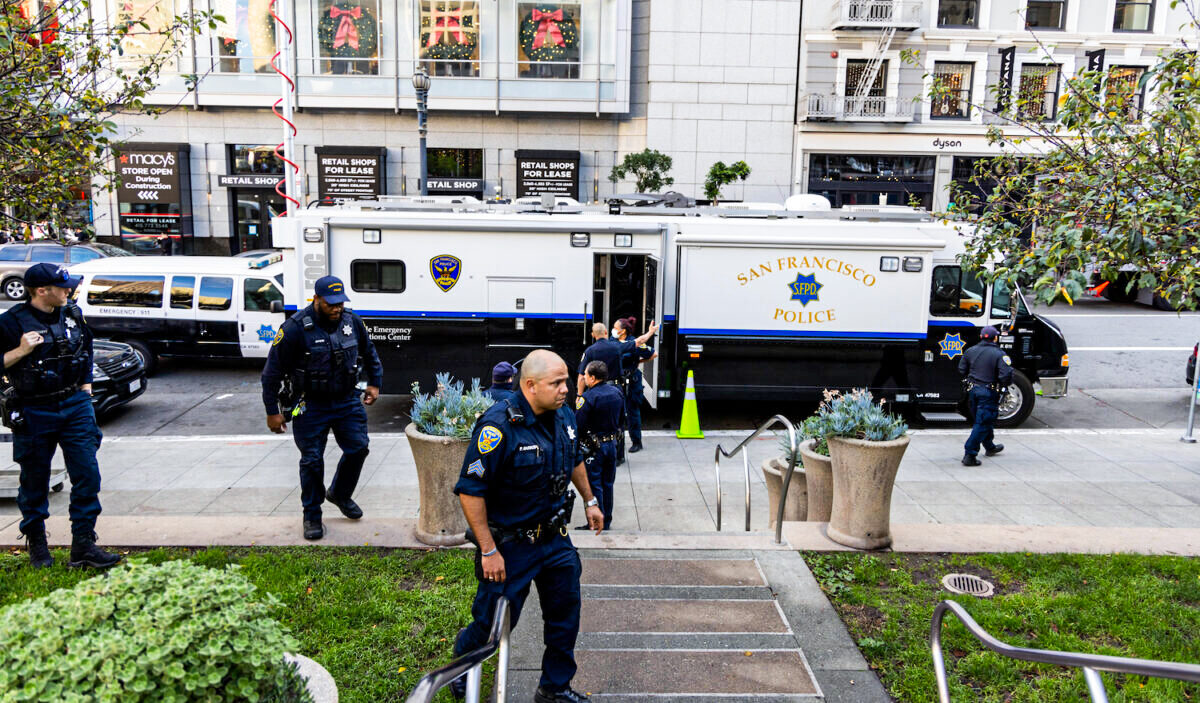
The proposition also allows felons currently serving prison terms to petition for resentencing under the new classifications. Those who already served their terms can also have their past convictions reclassified as misdemeanors. The state’s superior courts received more than 200,000 petitions for resentencing and reclassification within the first 13 months after the proposition went into effect, according to a report (pdf) by the Judicial Council of California.
As such, Pierson said, most retailers in California discourage their employees from reporting low-level property crimes, which is why the data for such incidents may be inaccurate. Some stores stop reporting petty theft altogether because police “can’t do much,” he said.
“The practical reality is that most retailers have learned if they call law enforcement for a theft of less than $950, either law enforcement will not respond, or if they respond at most, what they will do is issue a citation [for court appearance],” Pierson said.
Most theft suspects don’t appear in court, he said, and suffer little or no consequences for their actions.
Moreover, a store can be sued by an attempted robbery suspect who is physically confronted by its employees, according to Pierson.
“We’re a very litigious society here in California, and the stores and their insurance carriers really are afraid of being sued for trying to stop a crime that has little or no consequence,” he said.
The Public Policy Institute of California, a nonpartisan research group, reported upticks in the number of property and violent crimes last year in the state’s four largest cities—Los Angeles, Oakland, San Diego, and San Francisco.
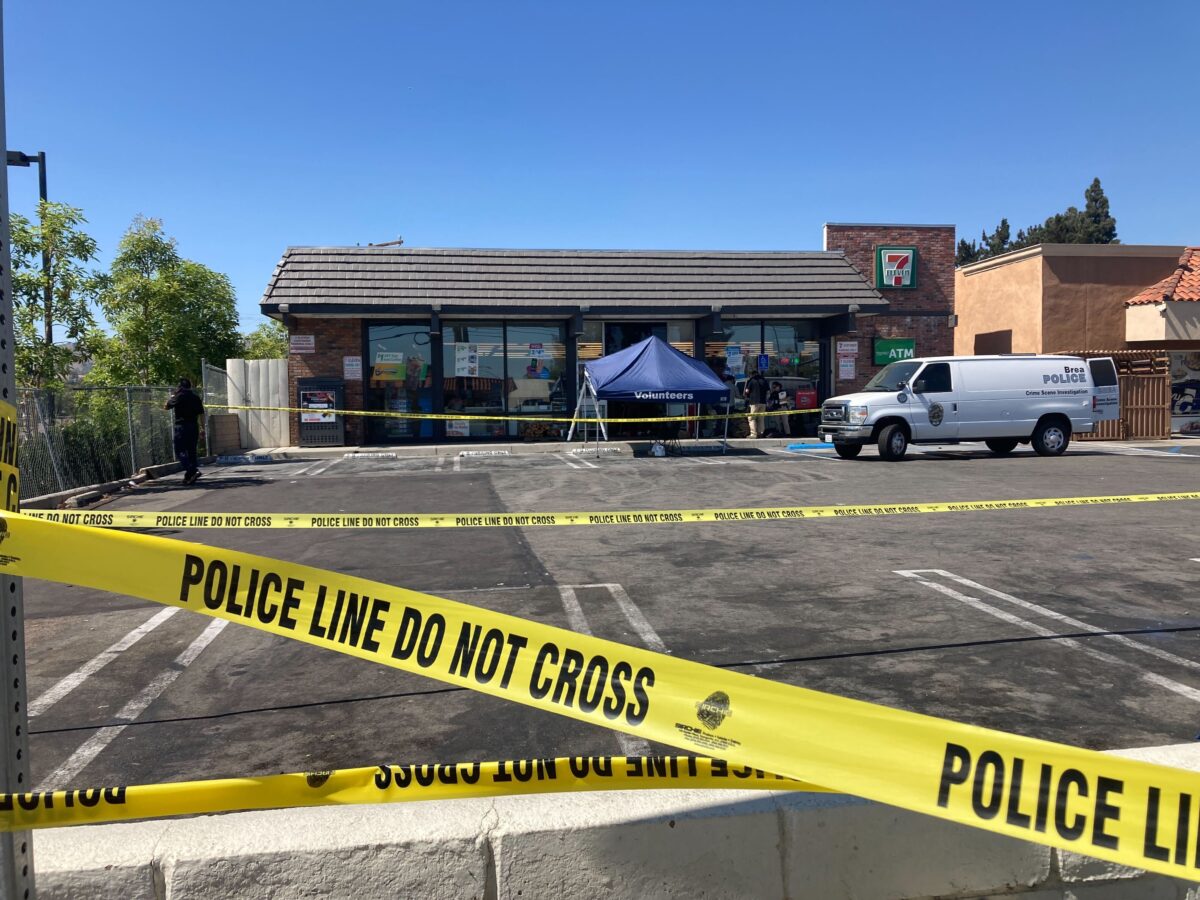
An analysis by the group also linked Prop. 47 to the rise of property crime, as personal property thefts were up by 9 percent from 2014 to 2016, with car break-ins accounting for about three-quarters of the growth.
Pierson noted that data generated by car insurance companies will be able to show a more accurate picture of property crimes statewide since they typically require individuals to file a police report when making a claim.
“What we’ve seen in the last six or seven years is … auto burglaries and auto thefts are up dramatically,” he said. “And that’s a truer set of data for where crime actually is in California.”
Early Releases and Recidivism
Proposition 57, passed in 2016 to resolve prison overcrowding, allows individuals convicted of “nonviolent” crimes to be released early.
Although most crimes classified as nonviolent involve no physical injury, there are many crimes involving physical injury that are considered by state law as “nonviolent,” such as domestic violence, assault with a deadly weapon other than a firearm, battery with serious bodily injury, rape of an unconscious person, and human trafficking of a minor, according to the California Department of Corrections and Rehabilitation.
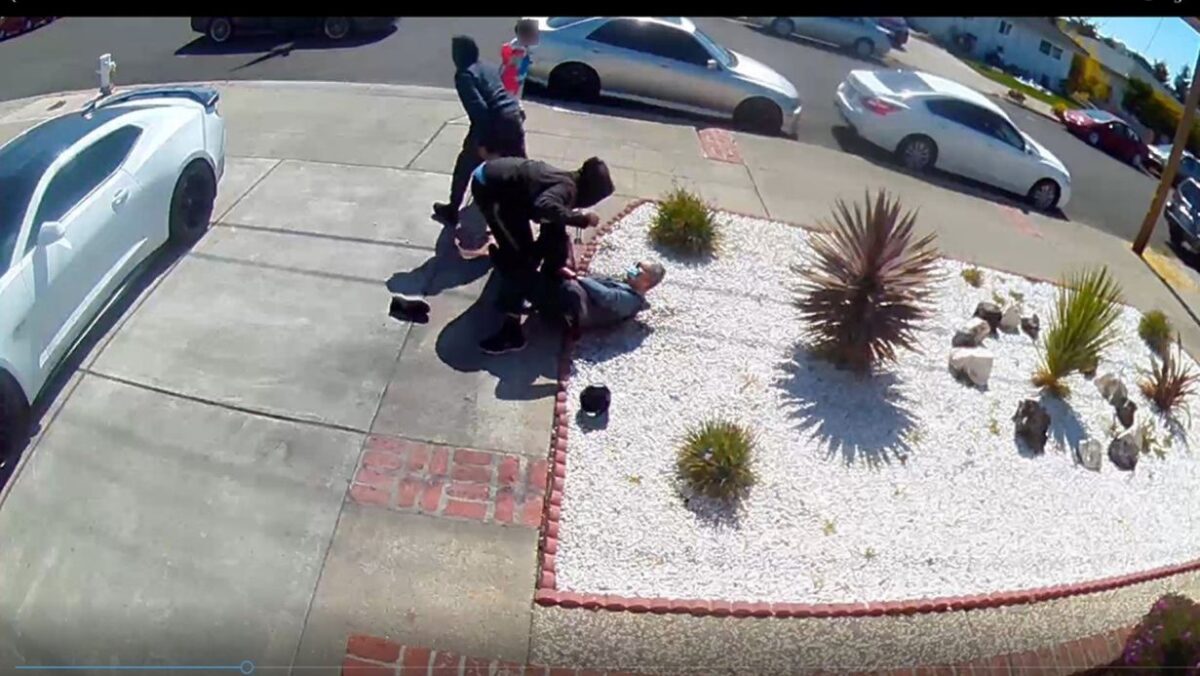
In Pierson’s El Dorado County, he said, a man was convicted of more than a couple dozen residential burglaries and sentenced to 40 years in prison. However, he was recently released after serving a little over four years, according to Pierson.
Granting such early releases can be very dangerous, he said.
One example, he said, is that one of the suspects arrested in a San Francisco mass shooting in April, which killed six and wounded a dozen more, was found to be a beneficiary of Prop. 57, which allowed him to leave prison in February after serving less than half of a 10-year sentence for domestic violence and assault.
“It’s as though this administration and California Legislature just don’t want to hold people accountable. It started out saving money, but then it’s now gone to a point where we are just releasing people … If there’s a way to release someone from custody, they are releasing them,” he said.
According to Pierson, there were 165,000 inmates 10 years ago—overcrowding a prison system that could only handle 135,000.
But now it is no longer justifiable for more recently convicted people to have their prison time shortened, he said, since only about 90,000 are still in custody—many of whom received a life sentence without the possibility of parole, making them ineligible for early release, according to Pierson.
A report (pdf) by the state department of corrections shows about 93,000 inmates in state prisons with a capacity between 85,000 and 116,000 based on the design and staffing of facilities, as of Sept. 21.
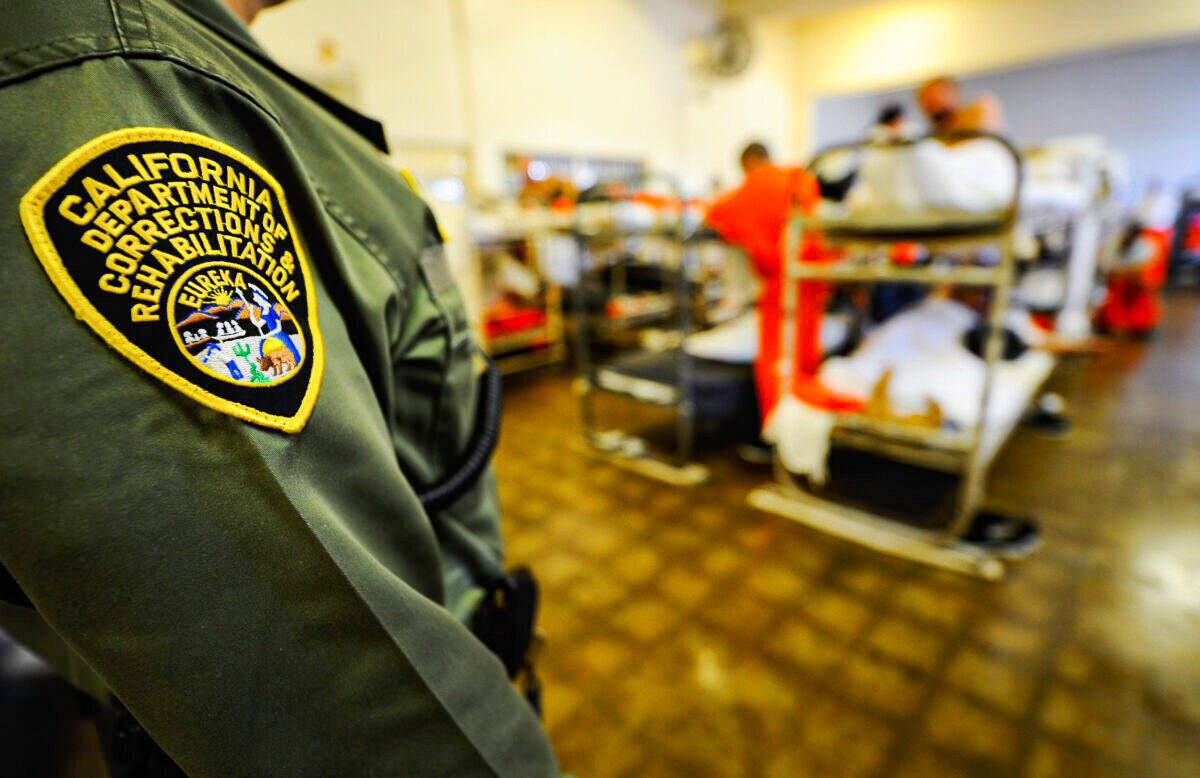
The proposition also prohibits prosecutors from charging juveniles as adults without a judge’s approval and allows those already tried as adults for crimes committed when they were juveniles to appeal their sentences.
In addition, as an emergency measure to further reduce jail population to curb the spread of COVID-19, the Judicial Council of California in April 2020 removed cash bail for some defendants accused of lower-level crimes. Though the council ended the statewide zero-bail order in June—with some counties extending the order—courts are required to consider each defendant’s ability to pay while setting bail amounts due to a California Supreme Court ruling in March 2021.
Los Angeles Police Department reported 649 cases where individuals arrested for a felony and released with zero bail were re-arrested between March 2020 and June 2022 on charges such as domestic violence, auto theft, assault with a deadly weapon, and human trafficking.
Progressive DAs Foster ‘Culture of Lawlessness’
Aside from state-level changes, differences in local policies can explain why residents in some communities experience more crime and a lower quality of life, Pierson said.
Serving as El Dorado County’s District Attorney since 2007, he said it is a prosecutor’s job to “take care of victims of crime” and “hold people accountable for their actions.”
However, in certain counties, there is “a philosophical shift, a political shift … [to] a ‘culture of lawlessness’ where the DA [district attorney] becomes more of a public defender sympathetic to defendants, as opposed to sympathetic to the victims of crime,” he said.
Recently recalled by San Francisco voters as the county’s district attorney, Chesa Boudin—also a former public defender—came under fire for progressive criminal justice reform policies that critics said have led to a sharp increase in thefts, including smash-and-grab robberies, car burglaries, shoplifting, and other property crimes.
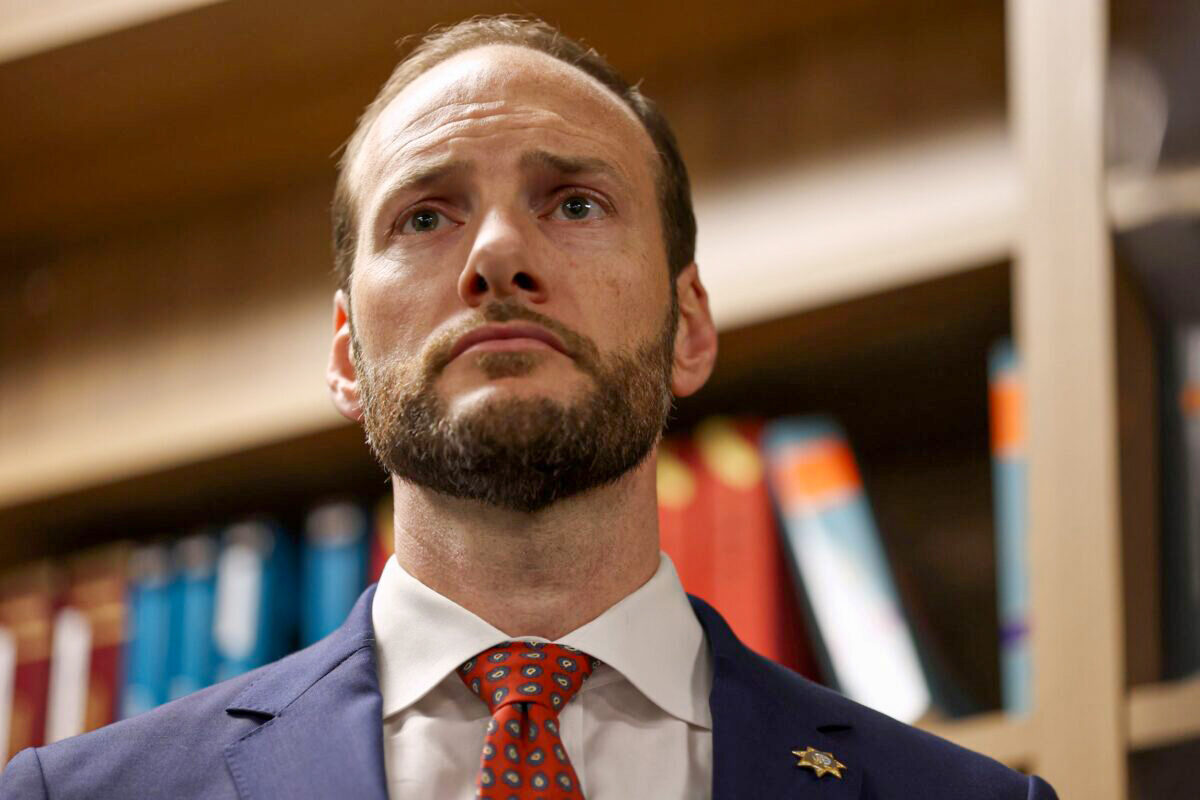
According to Pierson, the number of car break-ins in San Francisco County has been “dramatically higher” than that of San Mateo County next door because the former is known for not booking suspects into jail, or releasing them quickly from custody.
“We know it. People who work within the system know where these [regional] variances are, and we are silly to think that criminals aren’t also aware of the same differences,” he said.
Los Angeles County is in a similar situation, where District Attorney George Gascón has been accused of being “soft-on-crime” by critics who blamed him for the rise in crime, especially homicides.
Elected in 2020 after the death of George Floyd in Minneapolis, Gascón vowed to make criminal justice reform a priority and issued a series of controversial directives, including the removal of sentencing enhancements for suspects who use a gun during a crime or if they have a gang affiliation.
He has faced two recall campaigns supported by residents, former district attorneys, law enforcement officials, and his own prosecutors.
Although Gascón has extensive experience in criminal justice, Pierson said, his policies are a “well-intentioned but misguided effort to change the system.”
“People who before were going to do a ‘strong-armed robbery’ wouldn’t carry a firearm because they knew there was a significant consequence for that,” he said. “[After the sentencing enhancements were removed], they would feel free. ‘I guess I will carry a firearm if nothing is going to happen to me’—if there’s no real [difference in] consequence.”
Pierson also mentioned there were examples of convicted felons celebrating Gascón’s directives at drinking parties, during recorded phone calls, and on social media, which have been widely reported by media outlets.

“Criminals know how laws have shifted,” Pierson said.
Similarly, criminal activities statewide were “rapidly decreasing” in the 1990s, he said, right after the passage of the three-strike law—which imposes significantly harsher punishment on repeated offenders of violent crimes.
“When inmates come into custody, they were all talking about whether or not [something they did] was a strike or not a strike. So there was a real communication amongst criminals regarding what the consequences would be,” he said.
Positive Change Comes From People Waking Up
Having spent much of his childhood in Los Angeles County, Pierson said he’s bothered by crime going up in the big cities.
“I love to go to San Francisco or Los Angeles. It’s not where I live, but I love to visit them,” he said. “To see the countless homelessness that goes on [and] the crime … throughout the state of California, it’s very disturbing. I’d like to see some change.”
Pierson said now the public is seeing what’s actually happening, which is a hopeful sign that the situation can be “fixable.”
“When you cannot walk the streets of San Francisco, when people are moving out of San Francisco or LA … [when people] don’t want [their] kids to get off the bus and have to step over homeless people that have a needle stuck in their arms … I think there will be a consequence,” he said. “There will be a tipping point … when the public would begin more aggressively to push back against these misguided policies.”
Pierson said voters need to pay more attention to their local elections, ask candidates “tough questions,” and observe whether they believe in “personal accountability and responsibility in the way they manage their office.”
Positive changes are possible and will come from Californians continuing to wake up and see what’s actually happening for themselves, he said.
Epoch Times reporter Jamie Joseph contributed to this report.



